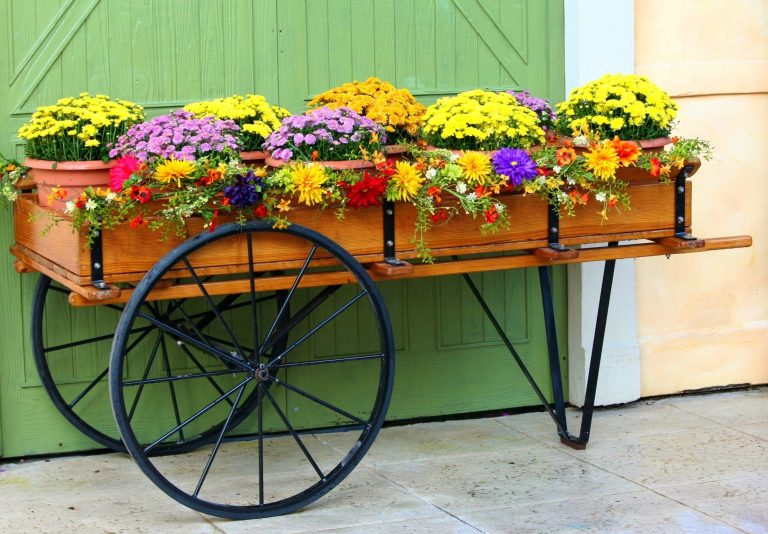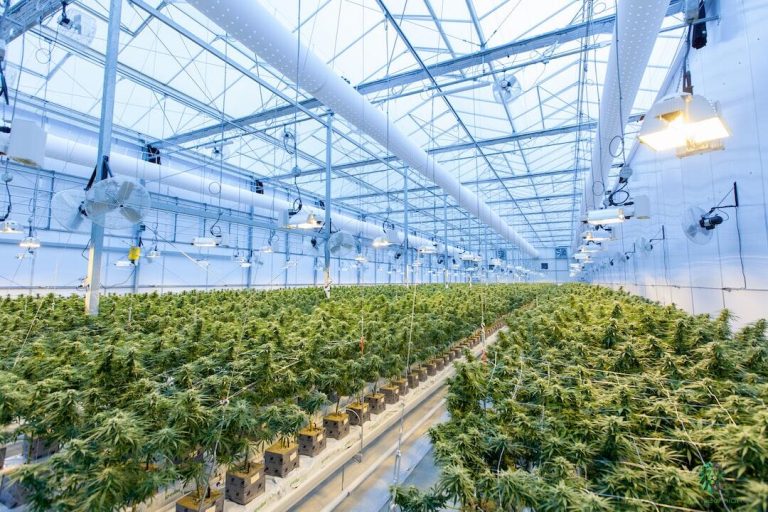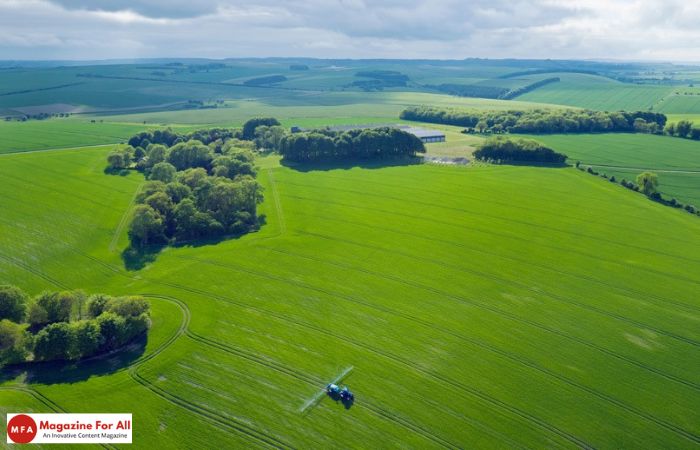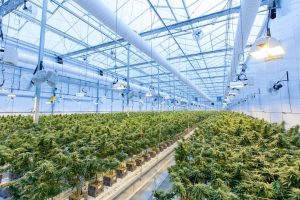For retired investors seeking to optimize their portfolios and explore tax-efficient strategies, delving into 1031 exchanges unveils a multifaceted opportunity. Specifically, navigating the domain of agricultural assets within these exchanges can be an astute move, offering distinctive advantages that harmonize seamlessly with financial objectives and personalized lifestyle considerations. Moreover, the strategic utilization of the 1031 exchange to transition into agricultural assets brings tax benefits. It opens doors to a diversified investment landscape, providing retirees with stability and potential long-term growth opportunities that complement their retirement aspirations.
Table of Contents
Diversification Beyond Traditional Assets
- In today’s volatile market landscape, diversification is critical. Agricultural assets, such as farmland or timberland, offer a tangible alternative investment avenue apart from the traditional volatility of stocks and bonds. Retired investors can harness the stability inherent in these assets, diversifying their portfolios strategically to shield themselves from the adverse impacts of market fluctuations. Moreover, the resilience of agricultural assets can provide a buffer against economic downturns, offering a reliable long-term investment strategy for retirees seeking stability and sustainability in their financial portfolios.
Tax Deferral Benefits of 1031 Exchanges
- The beauty of a 1031 exchange lies in its ability to defer capital gains taxes. By exchanging one qualifying property for another, investors can defer taxes on the realized gains, allowing them to reinvest the entire proceeds. Agricultural assets fall under the umbrella of properties eligible for this tax-deferred exchange, presenting retirees with a viable tax strategy.
Steady Income Streams and Inflation Hedge
- Agricultural investments, notably farmland, offer consistent income streams through various avenues like leasing to farmers or harvesting resources like timber. These steady cash flows can act as a reliable source of income for retirees, serving as a hedge against inflation while providing financial stability.
Long-Term Appreciation Potential
- The inherent nature of agricultural assets often aligns with long-term appreciation trends due to the perpetual demand for food and resources spurred by continuous global population growth. This sustained demand acts as a catalyst, potentially fortifying the value of these assets over time, offering retirees the prospect of increased asset appreciation. Furthermore, investing in agricultural assets not only ensures the potential for financial gain but also allows retired investors to relish the sense of fulfillment and tranquility derived from owning and stewarding tangible land assets, adding a fulfilling dimension to their investment strategy.
Environmental and Social Impact Considerations
- Investing in agricultural assets isn’t merely about financial gain; it also involves contributing positively to the environment and society. Sustainable farming practices can be encouraged, promoting environmental conservation and responsible land stewardship, which align well with retirement ideals.
Estate Planning and Wealth Transfer
- For retirees dedicated to meticulous legacy planning, integrating agricultural assets into their portfolio can prove a strategically astute decision. These properties extend their value beyond the immediate, acting as a conduit for wealth transfer across generations. This facilitates the transfer of tangible assets to heirs, potentially offering substantial benefits through favorable estate tax treatment while embodying a lasting legacy that transcends financial worth. Additionally, including agricultural holdings in estate planning allows retirees to instill land stewardship and sustainable wealth management values in their descendants, fostering a holistic approach to wealth succession and responsible asset ownership.
Conclusion
Navigating retirement investments demands a nuanced approach, especially when considering tax implications and asset diversification. Leveraging agricultural assets within 1031 exchanges offers retired investors a pathway toward portfolio enhancement, tax advantages, income stability, and the satisfaction of investing in tangible, impactful resources.
In pursuing financial security during retirement, the strategic inclusion of agricultural assets within 1031 exchanges can stand as a testament to the adage that wise investments go beyond numbers—they embody sustainability, resilience, and enduring value.
Related Post: Best Platform for Crypto Futures Trading










































































